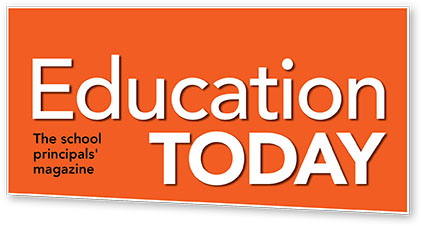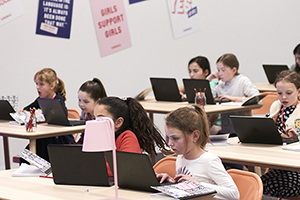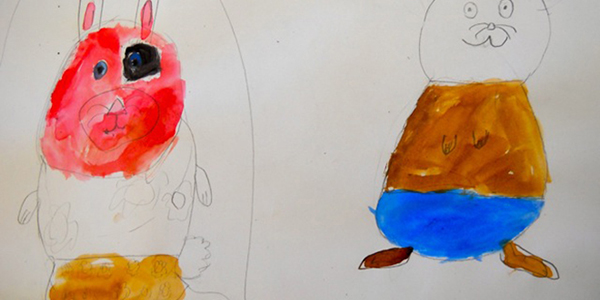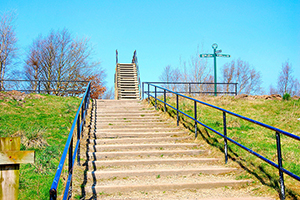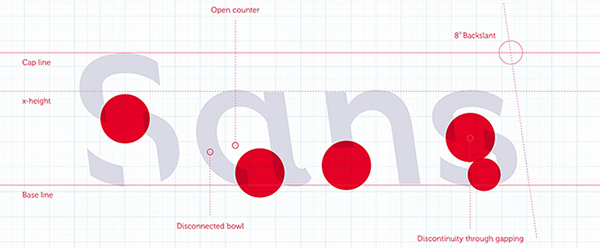
|
Paper, iPads and child literacy Roaming Classroom for Rebel Girls to make coding more accessible Two years of preschool for smarter Australia Aboriginal students graduate in record numbers New font ‘Sans Forgetica’ helps students study Bookish homes enhance literacy everywhere Take geoscience education “beyond dinosaurs and volcanoes” Suicides in young people up 10% |

|
